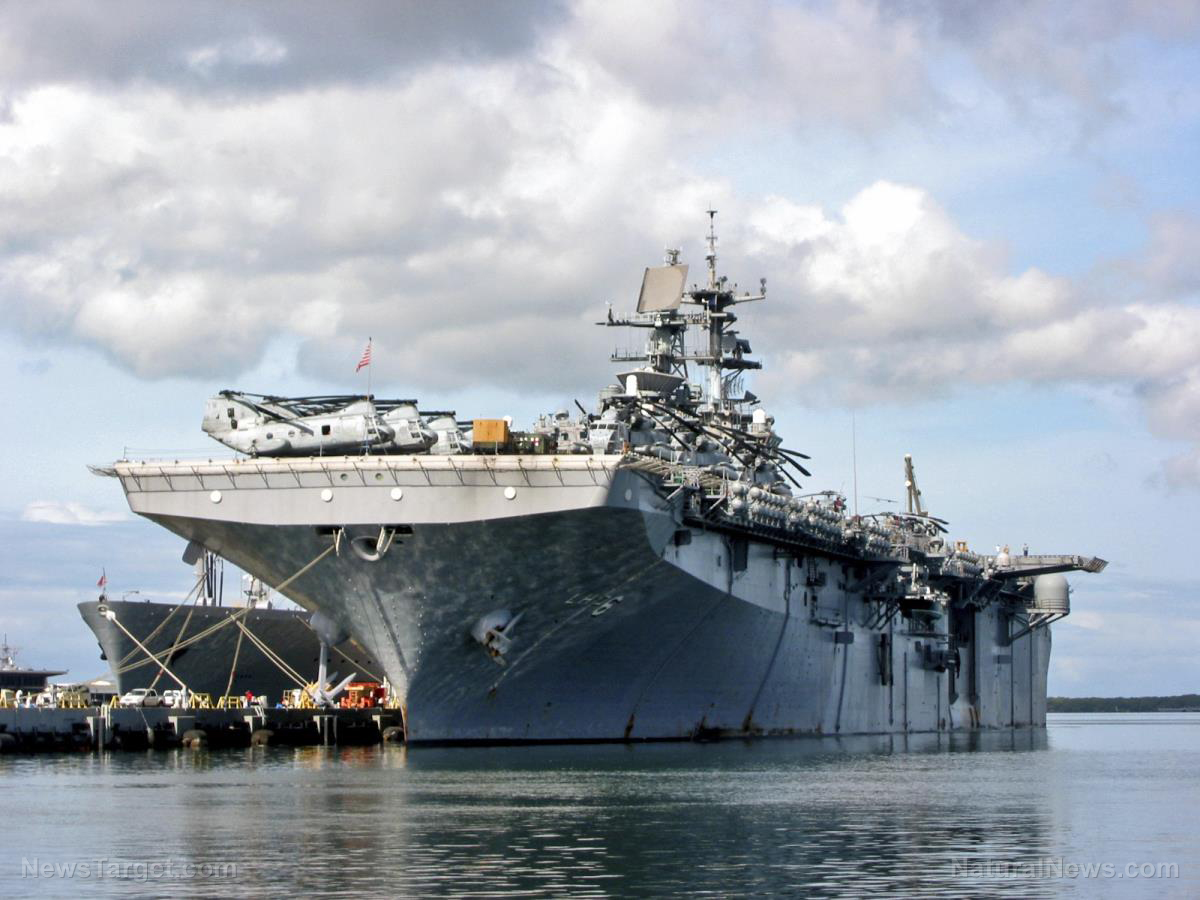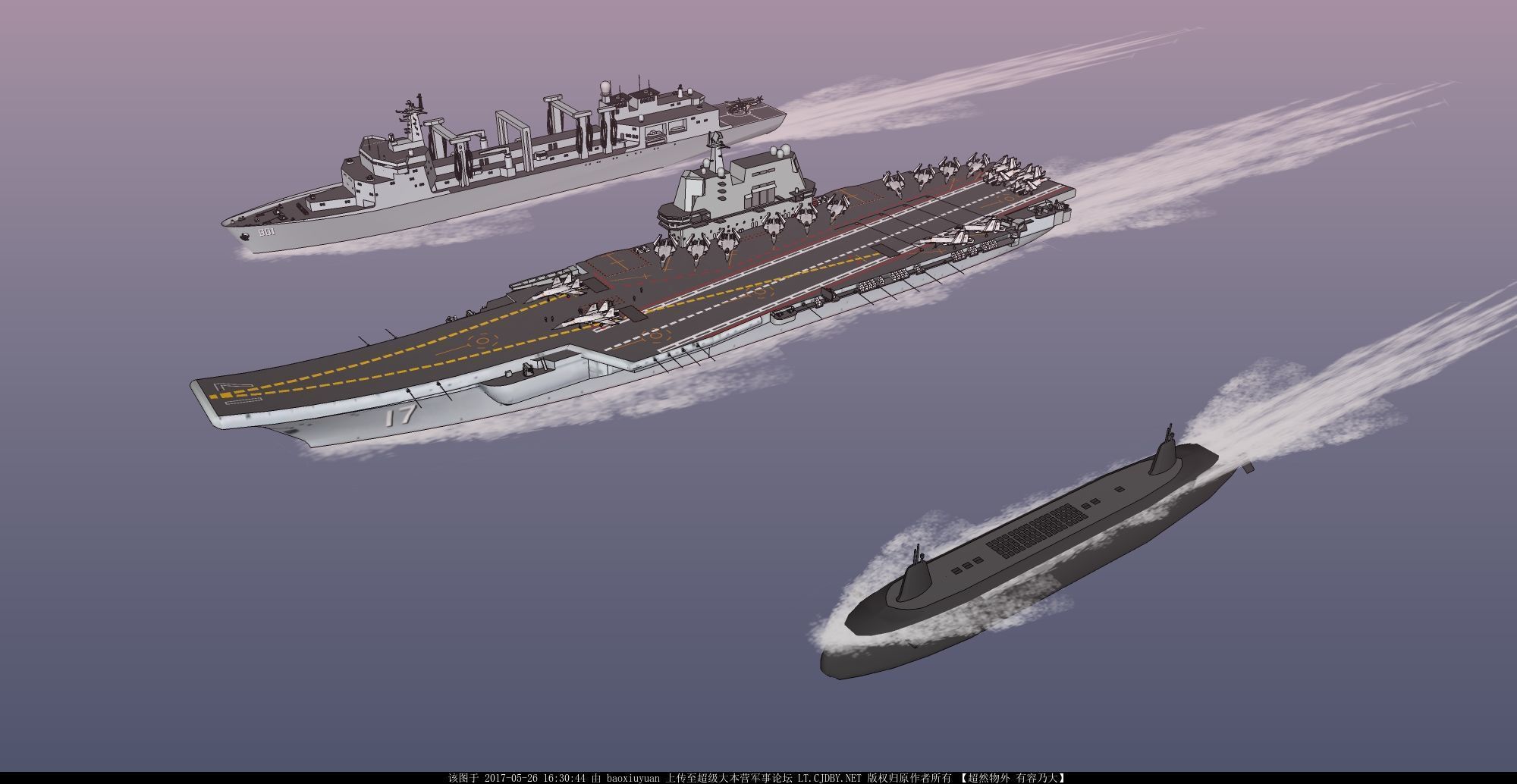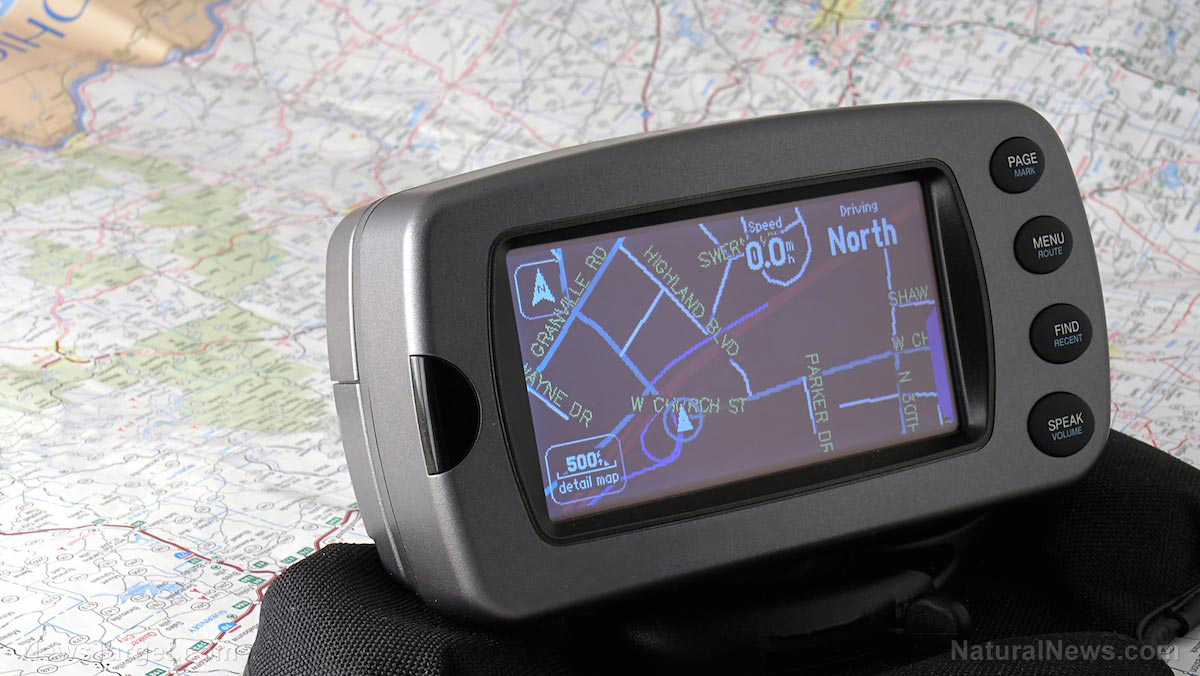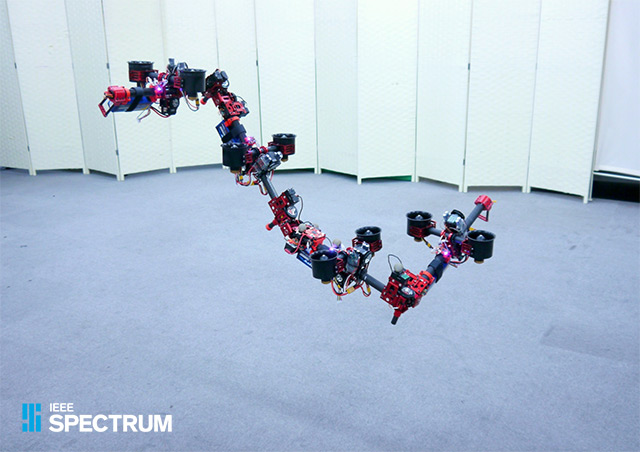Robot sailors to be the latest naval navigators? Warship collisions have been found to be mainly caused by human error so the military is planning an AI solution
12/03/2017 / By Frances Bloomfield

Throughout 2017, the U.S. Navy has suffered six accidents in Asian waters. Of those accidents, one involved a Navy aircraft, while the rest were collisions with U.S. warships. The U.S. Navy has since reviewed all of the mishaps thus far and has issued a number of recommendations to prevent these from happening again. Among those recommendations is the use of artificial intelligence.
As reported by Nextgov.com, the rash of warship collisions has been largely attributed to human error. Admiral John Richardson, Chief of Naval Operations, explained that the Navy lacks people equipped with the knowledge nor training needed to properly drive ships. This shortage of the right people with the right know-how was further compounded by the pressures placed upon crewmen to be everywhere in the Pacific at once. “These were fundamental mistakes of ship driving,” said Adm. Richardson.
Because of this, the Navy has considered turning to artificial intelligence. Currently, all ships make use of an automatic identification system (AIS) that can receive information about neighboring ships in passive mode. While in active mode, the AIS allows ships to send data. This mode is rarely used, however, as it can transmit the location of a ship. Though this could be changed in the near future, as three of the five warship collisions (the USS Fitzgerald, McCain, and Lake Champlain) were partly caused b y the disuse of the AIS’ active mode.
As was noted in the review: “In each of the three collisions, the U.S. Navy ships involved had an AIS receiver and transmitter, but maintained their AIS in receive mode only. This removed one of the primary awareness and collision avoidance tools used on board most commercial vessels around the world. Further, they generally failed to use AIS information to improve their situational awareness. Inadequate use of AIS was a contributing factor to the chain of errors that resulted in the incident.”
This could very well mark the beginning of rampant AIS active mode usage. Though far from just utilizing an information system to broadcast and receive data, the Navy has already taken extra steps towards integrating artificial intelligence in their daily operations. The Sea Hunter, for example, is a 132-foot autonomous ship known to be the first of many unmanned vessels being developed by the Navy. (Related: US Navy unveils pilotless drone strike fighter.)
“We’ve done a lot of examination of that, Navy-wide, outside of the comprehensive review,” replied Adm. Richardson when asked if autonomous navigational or steering technologies were in the works. “It’s making progress. We’re monitoring that closely.”
Not to be left behind, shipbuilders from Japan, China, and Norway have made known their plans of building self-driving vessels. Even Google itself has thrown its hat into the ring. Working in tandem with Rolls-Royce, the technology behemoth has announced its intentions of applying the Google Cloud Machine Learning Engine to bring autonomous ship driving closer to reality.
Does this mean that naval operations could soon be conducted almost entirely by robots? Consider this: the U.S. Navy has bequeathed Lockheed Martin with a $43.2 million contract to design an autonomous submarine that can carry our missions without the need for a human crew or continuous remote supervision. Moreover, the U.S. Navy already uses robots to perform rudimentary tasks such as surveillance and salvage, so the chances of them having robots taking over navigational duties is a large one. With how things are, it’s just a matter of time.
Remain abreast of all news about the robot takeover by visiting Robotics.news today.
Sources include:
Tagged Under: artificial intelligence, military, Navy, Navy ships, robot navigators, robotics, robots, ship collisions, US Navy

















